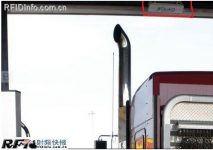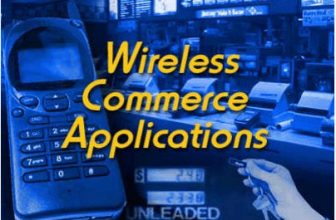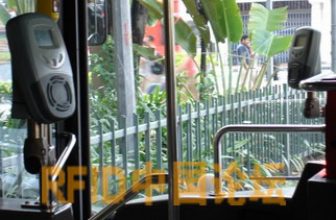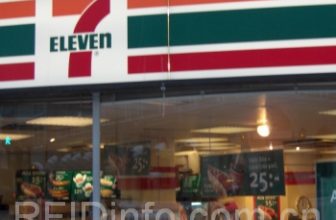
Passive UHF RFID fuel automatic payment system application case
[ad_1]
Time: September 2011 Location: Oklahoma City, USA
User: Love Travel Gas Station Tag Type: Passive
Working frequency: UHF Standard: EPC Gen2
Implementing company: QuikQ Solution provider: QuikQ
Hardware Provider: Impinj
Love travel gas station installs radio frequency identification tags on fuel trucks, eliminating the trouble of scanning ID cards and keyboard input data. For drivers and their companies, it not only improves the efficiency of refueling, but also prevents drivers from speculating and selling fuel privately. Occurrence of events for other people.
This system, called fuel navigation management, was developed by QuikQ, a company located in Franklin, Tennessee. The technology is currently being tested at a parking branch of Love Travel in Oklahoma City. If the test goes well, the company hopes to install RFID readers at its 215 gas stations by the end of 2011; in addition, the company still has 60 sub-stations that have not yet provided fuel.
Love Travel Station is a family-owned retailer located in 39 states in the United States, providing fuel, food and daily necessities for vehicles. Jenny Love Meyer, director of the communications department of the retail store, said: Freight drivers are frequent customers here. Truck drivers usually use Comdata or some other fuel payment services to enter the customer’s ID number and vehicle’s odometer reading information by swiping the fuel card to obtain the authority to purchase fuel. These fuel costs are ultimately settled by the driver’s employer.
Aitrip hopes to improve the efficiency and safety of the solution by using the fuel navigation management system. EPC Gen 2 passive ultra-high frequency (UHF) radio frequency identification tags on trucks or refrigerated trucks can effectively identify vehicles. When the vehicle enters the fuel lane, it is authorized and automatically initialized, eliminating the hassle of swiping a card or entering data with a keyboard.

The fuel navigation management system consists of one or more Impinj readers and antennas, each of which has four antennas, which are installed above the fuel pump (as shown in the figure above). Vince Peschio, QuikQ’s vice president and chief technology officer, said: Impinj’s Monza 4 RFID chip is used in the system, and the unique code stored in the tag is used to identify the vehicle. QuikQ has partnered with Comdata to make its fuel payment solution compatible with the fuel navigation manager system to facilitate the payment of purchased fuel.
QuikQ also provides payment software called DFConnect, which is connected to a point-of-sale terminal (POS) system so that iTravel can directly bill users. Peschio explained that the relevant content of the billing system list is stored in the label. Therefore, if the user wants to pay through Comdata, the corresponding information along with the tag code will be transmitted to the software. Although Comdata is QuikQ’s first partner, the company is currently considering cooperating with other payment companies.
When a truck enters the gas station, the reader above the gas pump reads the tag on the vehicle. After the reader reads the tag’s unique code (and billing information), it connects to the company’s POS system via cable, and transmits the code and billing information to the user’s DFConnect or fuel card billing system (such as Comdata or other cooperation Company) to obtain refueling authorization. After the refueling is complete, the driver drives the truck out of the lane, and the tag will no longer be read. If the truck leaves the lane without closing the fuel port, the system will automatically end the payment and stop refueling.
The fuel navigation management solution is installed at an unattended gas station, and the name of the inbound driver will be displayed on the screen in the station. However, the current version of the system adopted by the company does not have the welcome screen function.
The use of RFID technology can prevent the occurrence of “power for personal gain” by drivers. For example, in some cases, the driver may use a gas card to pay for the fuel supply of other vehicles. With the use of RFID technology, this kind of speculation is impossible because vehicles must be identified before refueling. The reading range of the reader is limited, and the special positioning of the antenna allows the tag to be read only when a truck stops in front of the refueling nozzle, which effectively prevents misreading of the tags of other nearby vehicles.
The solution was initially tested in Oklahoma City, and the second wave was installed in Amarillo, Texas, USA. In addition, Peschio said, another QuikQ customer is an unmanned site in Alabama.
The solution installed at the Aizhv gas station can also automatically record detailed information such as the model, time, and location of the freight company’s refueling vehicle. “We focus on improving customer convenience,” Meyer said. By the end of this year, Love Travel hopes to install systems based on RFID technology in its 215 stores.
[ad_2]






